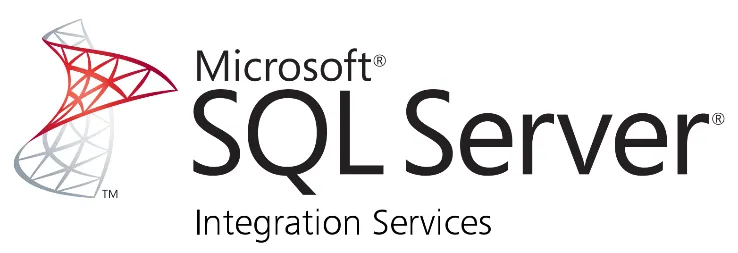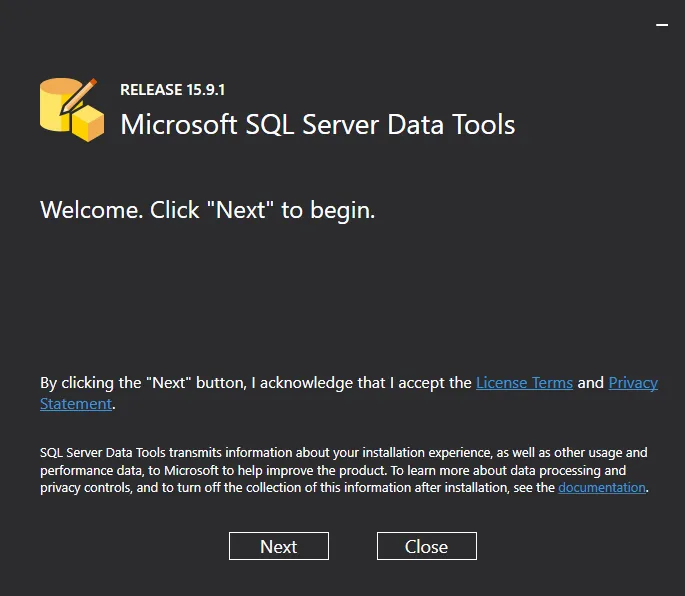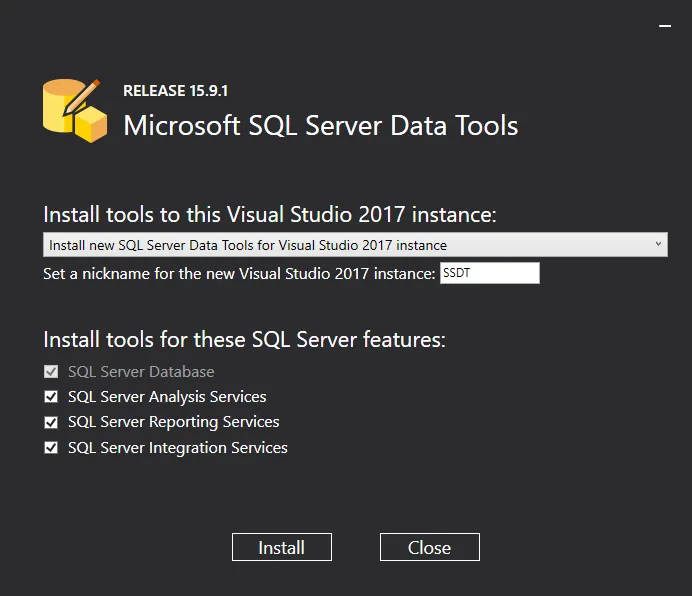A Beginner's Guide to SQL Server Integration Services (SSIS)
Data integration challenges often arise when managing disparate data sources within Microsoft environments, leading to operational bottlenecks. SQL Server Integration Services (SSIS) provides a tailored solution by seamlessly integrating, transforming, and loading data. Its unique compatibility within Microsoft ecosystems streamlines processes, enabling efficient data movement, informed decision-making, and operational excellence.
This beginner's guide provides an overview of data integration and SSIS. It also covers the key components, the SSIS tutorial for installation, and limitations.
What is Data Integration?
Data integration refers to bringing data together from different sources so you can better understand it and make smarter decisions. It's about gathering information from various databases, apps, and systems, even if they're different, and putting it all into one place. By bringing together disparate data sources, data integration ensures consistency and reliability, enabling you to have a clear picture of your business operations. This consolidated data expedites the process of extracting valuable insights and informed decision-making.
Advantages of Data Integration
What is SQL Server Integration Service?

SSIS is an integral component of Microsoft SQL Server, offering a robust platform for building and managing data integration solutions. It provides a graphical environment for designing workflows to extract, transform, and load data.
Here are some common uses of SSIS:
What is the SSIS Package?
An SSIS package is a container that encapsulates a collection of data integration tasks designed to extract, transform, and load data from various sources to a destination. It consists of connections, control flow elements, and data flow elements that define the workflow and logic for processing data within SQL Server Integration Services (SSIS). These packages can be created, configured, and executed using SSIS tools and are fundamental units for data integration workflows.
Key Components of SQL Server Integration Service
SQL Server Integration Services’ architecture revolves around three primary components—Control Flow, Data Flow, and Connection Managers. These components work in tandem to facilitate the seamless movement and transformation of data within SSIS packages.
Control Flow
This component represents the workflow logic of an SSIS package, comprising tasks, containers, and precedence constraints that dictate the execution sequence. Tasks perform individual actions, containers group tasks together, and precedence constraints define the order of execution.
Data Flow
The Data Flow module defines the data movement and transformation logic within an SSIS package. It leverages sources, transformations, and destinations to manipulate and route data effectively. After configurations, sources extract data from input locations, transformations modify data as it passes through, and destinations load data into target destinations.
Connection Managers
SSIS utilizes Connection Managers to establish connections to databases, files, web services, and other data sources. These managers provide the credentials and configuration settings for accessing and interacting with external data entities. SSIS enhances reusability and simplifies maintenance across multiple packages by centralizing connection information.
Get Started with SQL Server Integration Services
To use SSIS, you'll need to install two main components:
Now, let's explore how to install these components.
Step 1: Install SQL Server
To begin the installation, navigate to the official website of Microsoft SQL Server. Based on your requirements, choose the version.
Several editions of SQL Server are available, including:
Step 2: Download SQL Server Data Tools (SSDT)
SQL Server Data Tools (SSDT) is a tool for building SQL Server databases. You can install SSDT to streamline the development process, enabling you to create and manage database objects, design reports, and develop integration solutions within a single environment.
Visit this link to explore the various releases offered by Microsoft.
Once downloaded, you can follow the steps below:


After installing SQL Server Data Tools (SSDT), you can verify its installation to ensure that it's ready for use. Here's how you can verify:
Verifying the installation of SQL Server Data Tools ensures that you can effectively utilize it to develop Integration Services projects within Visual Studio.
Limitations of SSIS
Here are some limitations of SSIS:
Conclusion
SQL Server Integration Services (SSIS) is a valuable tool for handling data integration tasks effectively. It simplifies complex workflows and helps you move data between different sources seamlessly. However, it's important to note that SSIS has limitations. It simplifies data integration but may lack adaptability to modern data needs.
Comments
Post a Comment